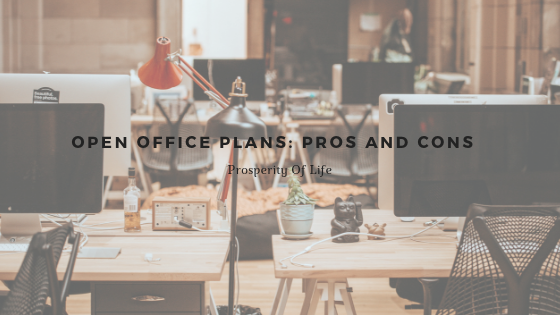Open office layouts have become very popular in recent years. While they do have some benefits that make them ideal for young startups — low overhead, more collaboration, better aesthetics — they also come with enough drawbacks to spark debate over whether or not they are truly better than cubicle layouts.
Pros
They’re cheap. Fewer walls mean fewer expenses. Some places get away with fewer desks, too. You can also rearrange them easily, so you can take on more employees without having to invest in more cubicle space.
They look good. The traditional cubicle layout is a little depressing. In an open office, you can add decorations that are visible to everyone. If the office space has large windows, more natural light can get in, which will have a positive effect on the mental health of the workers.
Workers communicate more. When social interaction isn’t limited to a few minutes per day — and is instead expanded to practically all day — coworkers tend to become more familiar with each other. In theory, this leads to stronger interpersonal relationships and, therefore, better teamwork.
Cons
Open office plans are stressful. Having no place to hide can be pretty taxing on employees. Since they are always out in the open, they can become too focused on how they appear. This means they will be thinking about how to “look busy” on top of actually doing their work, which hinders performance.
It’s also much harder to be creative when you feel like everyone is watching you. Open office plans are especially tough on introverted employees who may be very talented. Without a space where they can actually focus on what they are there to do, they might operate far underneath their potential.
It’s easy to get distracted. This one should be obvious. Employees in open offices are constantly bombarded with sensory information that has nothing to do with their work. It’s very hard to keep your train of thought in a room with multiple conversations going on.
Older employees don’t do as well in open offices. The people who are attracted to this kind of layout are typically in the younger generation. Older workers have been shown to have higher levels of anxiety in open offices and may quit as a result.

